Introduction: Triply circle material outperforms traditional stainless steel cookware.
Triply cookware, made from a combination of metals, is often seen as a more advanced alternative to traditional stainless steel cookware. What sets it apart is its construction—triply cookware typically consists of three layers of different materials, offering enhanced performance compared to regular stainless steel. So, what exactly makes triply circle material distinct from traditional stainless steel, and why should consumers consider it?
The key difference lies in the multi-layer construction that improves heat distribution, durability, and cooking versatility.
Let’s explore the unique properties of triply circle material and how it compares to traditional stainless steel cookware.
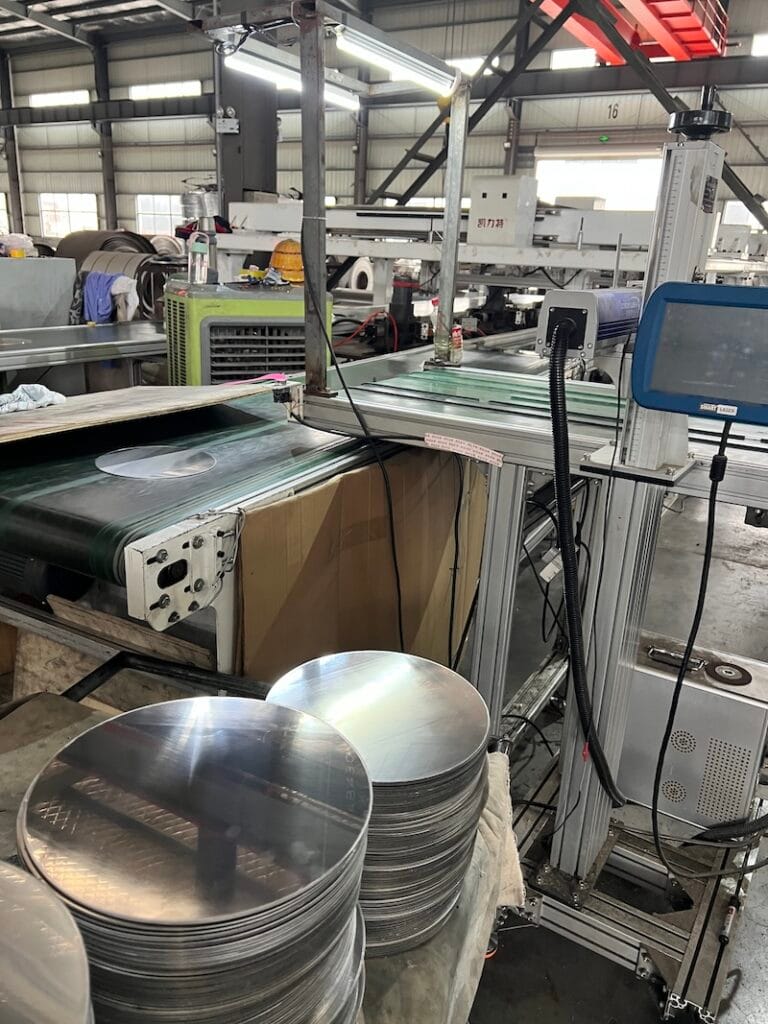
What is the Multi-Layer Construction of Triply Circle Material?
Traditional stainless steel cookware is typically made from a single layer of stainless steel, which can cause uneven heat distribution during cooking. In contrast, triply cookware incorporates three layers—usually an aluminum core sandwiched between two layers of stainless steel.
- The Layers: The core is typically made of aluminum or copper, known for their excellent heat conductivity. The outer layers are stainless steel, providing durability, corrosion resistance, and easy maintenance.
- Even Heat Distribution: The aluminum or copper core allows for faster and more even heat distribution across the entire cooking surface. This ensures that food cooks uniformly, unlike traditional stainless steel, which can suffer from hot spots.
Learn more about the advantages of triply cookware materials[1].
The multi-layer construction of triply circle material offers superior heat distribution compared to single-layer stainless steel cookware.
How Does Triply Circle Material Improve Durability and Performance?
Another significant advantage of triply cookware is its enhanced durability. The use of multiple materials in triply cookware contributes to its robustness and resistance to warping under high heat.
- Strength and Durability: The stainless steel outer layers provide scratch resistance and prevent damage from daily use, while the aluminum or copper core maintains strength even at high temperatures.
- Corrosion Resistance: Traditional stainless steel can corrode over time, especially if exposed to acidic foods. Triply cookware, due to its stainless steel outer layer, offers increased resistance to rust and staining, keeping the cookware looking new for longer.
Explore more on triply cookware’s durability[2].
Triply circle material is built to last longer and perform better under extreme conditions, providing long-term value.
How Does the Weight of Triply Cookware Compare to Stainless Steel?
While stainless steel cookware is generally heavier and more durable, triply cookware balances weight with efficient heat conduction, offering a more manageable weight without sacrificing performance.
- Balanced Weight: The added layers in triply cookware give it a slightly heavier feel than traditional single-layer stainless steel but are more manageable and easier to handle compared to cast iron alternatives.
- Lightweight Yet Robust: The aluminum or copper core makes triply cookware lighter than solid stainless steel pans while maintaining strength and durability. This makes it easier for home cooks to handle while still providing excellent cooking results.
Discover how weight affects cooking performance[3].
Triply cookware strikes a balance between weight, heat performance, and durability, making it versatile and easier to use than traditional stainless steel.
How Do Cooking Results Compare?
Triply cookware’s ability to conduct heat evenly and efficiently significantly improves cooking performance, especially for tasks that require precise temperature control, such as searing or simmering.
- Heat Retention: Triply cookware retains heat better than traditional stainless steel, allowing for consistent cooking temperatures even during long cooking sessions.
- Better Cooking Experience: The even heat distribution of triply cookware means fewer instances of food burning or sticking—a common issue with single-layer stainless steel pans. This makes it ideal for delicate cooking like making sauces or stir-frying.
Learn about the benefits of even heat distribution[4].
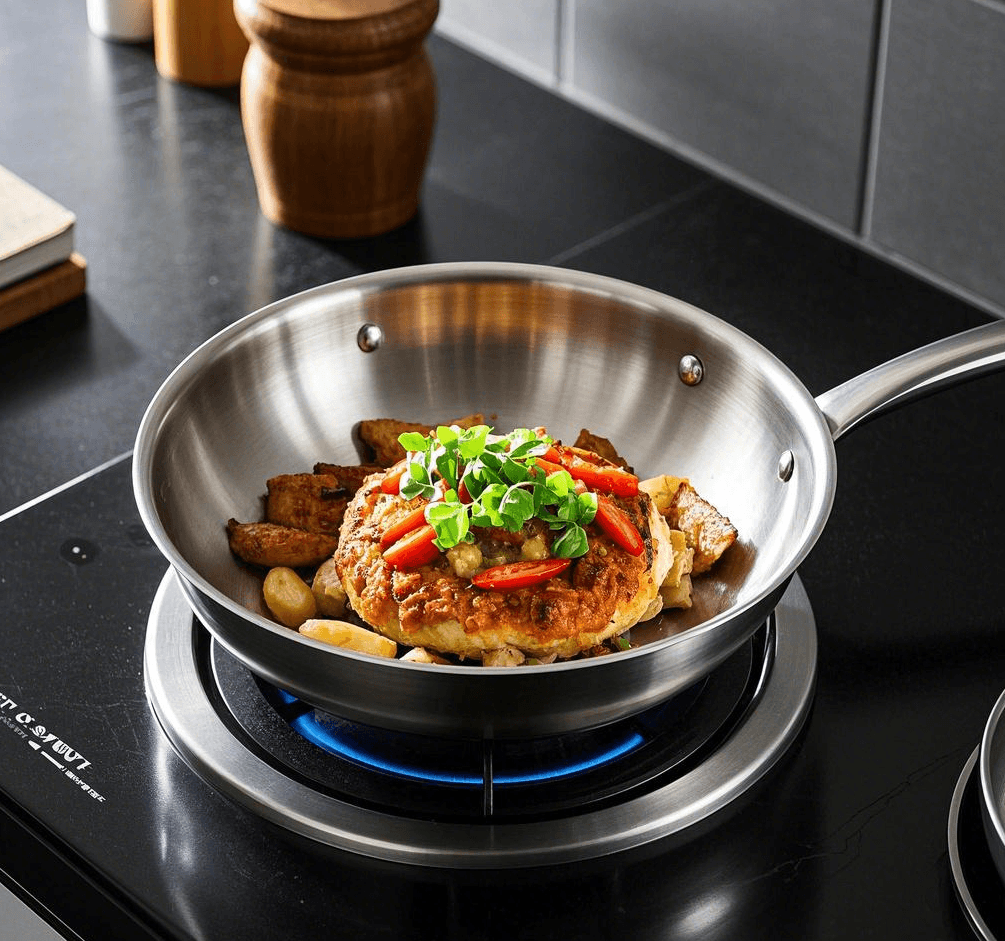
Triply cookware’s heat conductivity allows for superior cooking results and a more pleasant cooking experience than traditional stainless steel.
Conclusion: Why Triply Circle Material is the Future of Cookware
Triply cookware offers significant advantages over traditional stainless steel, particularly in heat distribution, durability, and performance. Its multi-layer construction provides superior cooking results, making it a popular choice for both professional chefs and home cooks. If you’re looking for cookware that delivers consistent performance, is long-lasting, and offers a better cooking experience, triply circle material is the way to go.
In comparison, while traditional stainless steel is durable and resistant to rust, triply cookware’s advanced construction gives it a clear edge in both cooking efficiency and longevity.

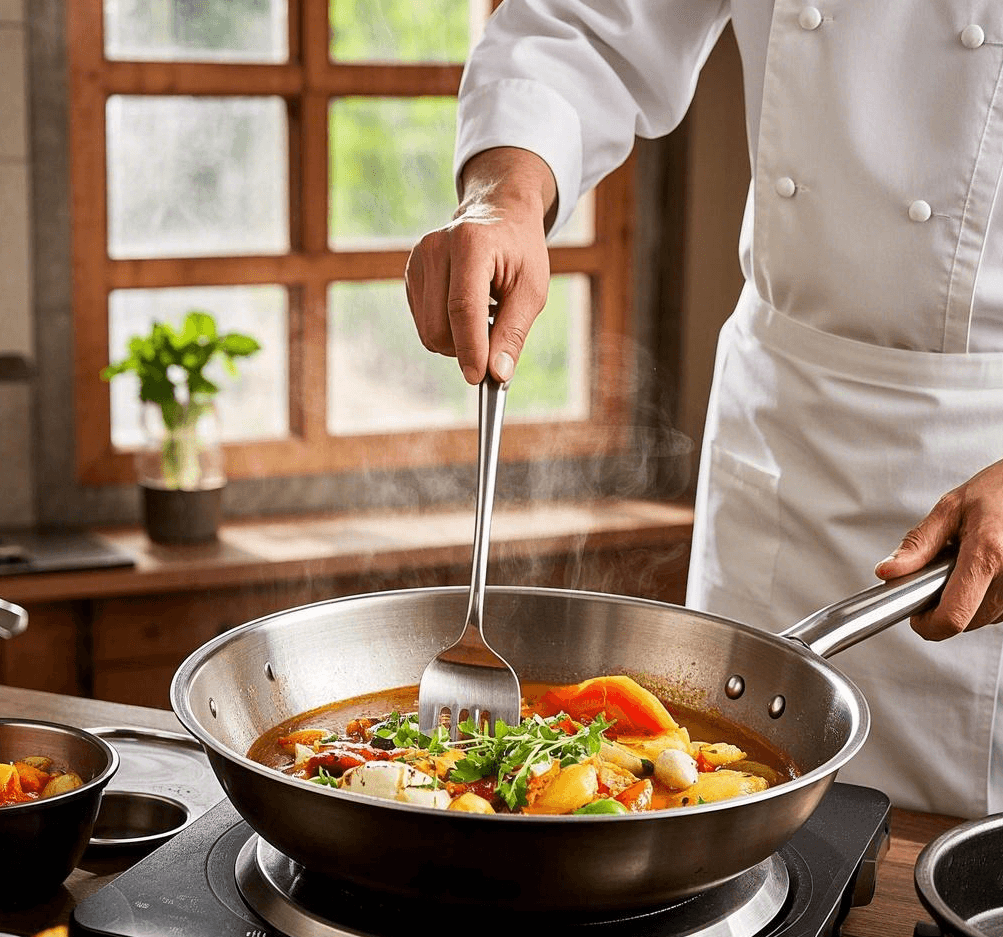

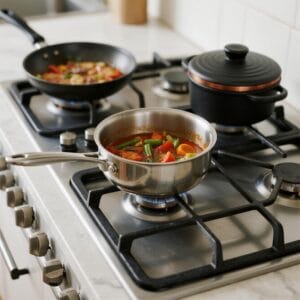
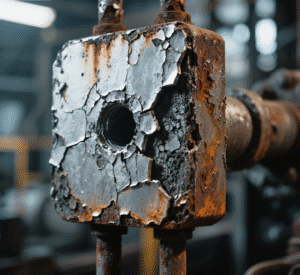
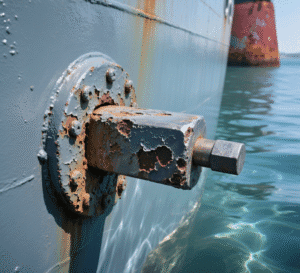
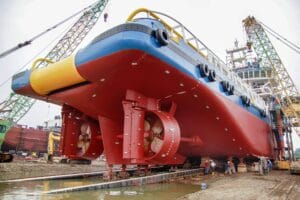
2 Responses